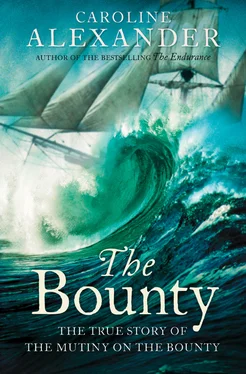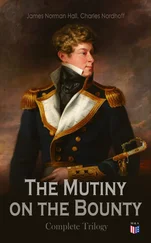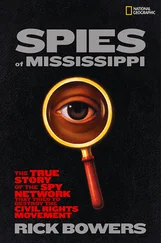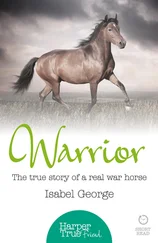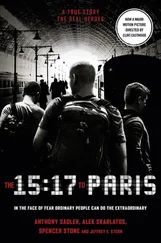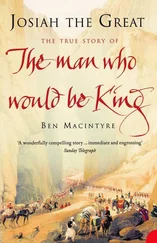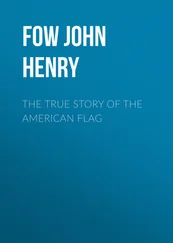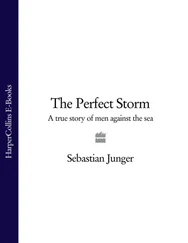His correspondence, most of it now lost, is estimated to have comprised anywhere from 50,000 to 100,000 letters. His correspondents included great names such as William Pitt the Younger, Lord Nelson, Benjamin Franklin and distinguished scholars of many nations. But there were also captains who offered interesting specimens from their travels, farmers and a letter forwarded from a schoolmaster giving testimony that he had seen a mermaid.
Anywhere in the world, everywhere in the British Isles, people noted curious phenomena, came up with curious questions, observations or theories and thought, ‘I’ll write to Joseph Banks.’ When Samuel Taylor Coleridge wanted ‘hashish’, he contacted Banks. Without straying far from London and his well-managed Lincolnshire estates, Banks knew everyone, and everything. Studiously apolitical, he was respected and trusted by most parties. Few British expeditions of discovery of any kind, whether to Africa or Iceland, were mounted without consultation with Sir Joseph Banks. In Banks’s correspondence is mirrored the British eighteenth century, with all its energetic, questing optimism, its dazzling sophistication and its occasional startling innocence; an age in which geographical and scientific discoveries surpassed anything previously dreamt of, and yet an age in which it was still, just barely, possible to believe in mermaids and unicorns.
Amid this flood of gloriously mixed correspondence came an insistent trickle from those with interest in the plantations of the West Indies, with the suggestion that the importation of exotic fruit-bearing trees would be useful to the islands. As early as 1772, Valentine Morris, a planter who would later be governor of St Vincent, had approached Banks regarding the ‘possibility of procuring the bread tree, either in seed or plant so as to introduce that most valuable tree into our American Islands.’
The virtues of the Artocarpus incisa – the handsome, broad-leafed tropical tree that bore fruit the size of a man’s head – had been related by early explorers, who gave accounts of the fruit’s tastiness and uncanny similarity to bread. Lord Anson’s account of his circumnavigation of the world, published in 1748, told how on the Pacific island of Tinian, where his scurvy-stricken crew had fortuitously washed up, the breadfruit had been ‘constantly eaten by us instead of bread: and so universally preferred that no ship’s bread was expended in that whole interval.’
Such reports by Anson, Cook and others were taken very seriously by the West India Committee, which was composed of merchants and property owners with island interests. At a meeting in February 1775, a letter was read to the chairman ‘relative to the introduction into England of the Bread-fruit tree and Mangostan from the East Indies, in order for their being sent over and propagated in the West Indies.’ A month later, a resolution was passed offering a hundred pounds to ‘the captain of an East India ship, or any other person’ who brought ‘the true Bread-fruit tree in a thriving vegetation’ to England. The matter dragged on over the years, the subject of various letters, treatises and resolutions put forth by the committee. And thus things might have remained indefinitely, with a vague and rather lowly bounty offered to any willing taker, if the enterprise had not caught the interest of Joseph Banks.
Banks had privately discussed the possibility with several eager planters and botanists: needless to say, he had himself tasted the fruit on Tahiti, but had personally preferred plantains, finding that breadfruit ‘sometimes griped us’. By 1785, Matthew Wallen, a botanist living in Jamaica to whom Banks had sent various exotic seeds for experimental planting, wrote to Banks with the bold observation that the ‘King ought to send a Man of War, a Botanist & Gardener for the Plants we want,’ adding he would not then ‘want the Example of the King of France who sends Duplicates & Triplicates of all valuable Plants to his Colonies.’ Banks was in agreement that a proper government-sponsored expedition was desirable; it was also the case that he lacked breadfruit specimens of his own for Kew. That the British had fallen behind the French on this front provided useful leverage, and in February 1787, a breadfruit expedition was formally announced to the West India Committee by Prime Minister Pitt.
Simultaneous with these proposals for the breadfruit expedition were the plans, now well under way, for the transportation of the first convicts from England to Botany Bay in New South Wales. Banks, who was instrumental to both ventures, had originally intended to combine the two, and had at first proposed an ambitious itinerary: a single vessel would carry the convicts to New South Wales, deposit them and then continue on to collect breadfruit in Tahiti. It did not take long, however, for Banks to awake to the fact that the two enterprises, although destined for roughly the same part of the globe, had wholly distinct requirements. An expedition devoted solely to the breadfruit was, he allowed in March 1787, ‘more likely to be successful’.
Thus some months later, Lord Sydney, a principal secretary of state, informed Banks that the Admiralty had ‘purchased a Vessel for the purpose of conveying the Bread-Fruit Tree and other useful productions from the South Sea Islands to His Majesty’s West India Possessions.’ The ship, formerly named Bethia , was one Banks had approved, and it had been purchased by the Admiralty for the sum of £1950. She was to be commissioned within a few days, according to Sydney, and was ‘to be called The Bounty, and to be commanded by Lieutenant Bligh.’
Exactly how, or through whose recommendation, William Bligh came to receive the command of the Bounty is not known. It does not appear to be the case that Banks knew Bligh personally, although he had undoubtedly heard of him, since Bligh had served as sailing master of the Resolution on Cook’s last expedition, which had departed England eleven years before, in 1776. It is possible that Banks had made a recommendation that the breadfruit expedition was best entrusted to one of Cook’s men. William Bligh, on the other hand, had certainly heard of Joseph Banks, and in his mind there was no question of to whom he was indebted.
‘Sir, I arrived yesterday from Jamaica,’ Bligh wrote to Banks on 6 August, with an outflowing of gratitude. ‘…I have heard the flattering news of your great goodness to me, intending to honor me with the command of the vessel which you propose to go to the South Seas, for which, after offering you my most grateful thanks, I can only assure you I shall endeavour, and I hope succeed, in deserving such a trust’
William Bligh had been christened on 9 September 1754, in the great naval town of Plymouth, where his father, Francis Bligh, was chief of customs. The Blighs were originally from Cornwall, and could claim such distinguished men as Admiral Sir Richard Rodney Bligh and the Earls of Darnley. Bligh’s mother, Jane Pearce, had been a widow when she married Francis Bligh, and had died before her son was sixteen. William Bligh appears to have been the only child of this union. Francis Bligh married twice again after the death of his wife, and had himself passed away at the age of fifty-nine in December 1780 – three months after his son’s return to England from Cook’s third Pacific voyage.
Bligh first appears in naval records in 1762, as a captain’s servant on the Monmouth , when he would have been all of seven years old. This should not be taken to mean that young William had actually gone to sea; more likely, he had been entered on the books of an accommodating captain. This well-established, if strictly improper, tradition enabled a captain to draw extra rations and the child to enjoy some early friendly patronage and ‘sea time’. Widespread as the practice was, it was only extended to families with some degree of ‘interest’, or influential connections. In Bligh’s case this appears to have come through a relative of his mother, although his father undoubtedly had connections through the customs office. Bligh’s name does not appear again in naval records until 1770, shortly after his mother’s death, when he was entered on the muster of the Hunter as an ‘able seaman’, a common, temporary classification for ‘young gentlemen’, or potential officers in training who found themselves on ships where the official quota of midshipmen was already filled. And indeed, six months after signing on, a midshipman position did open up and Bligh was duly promoted.
Читать дальше
